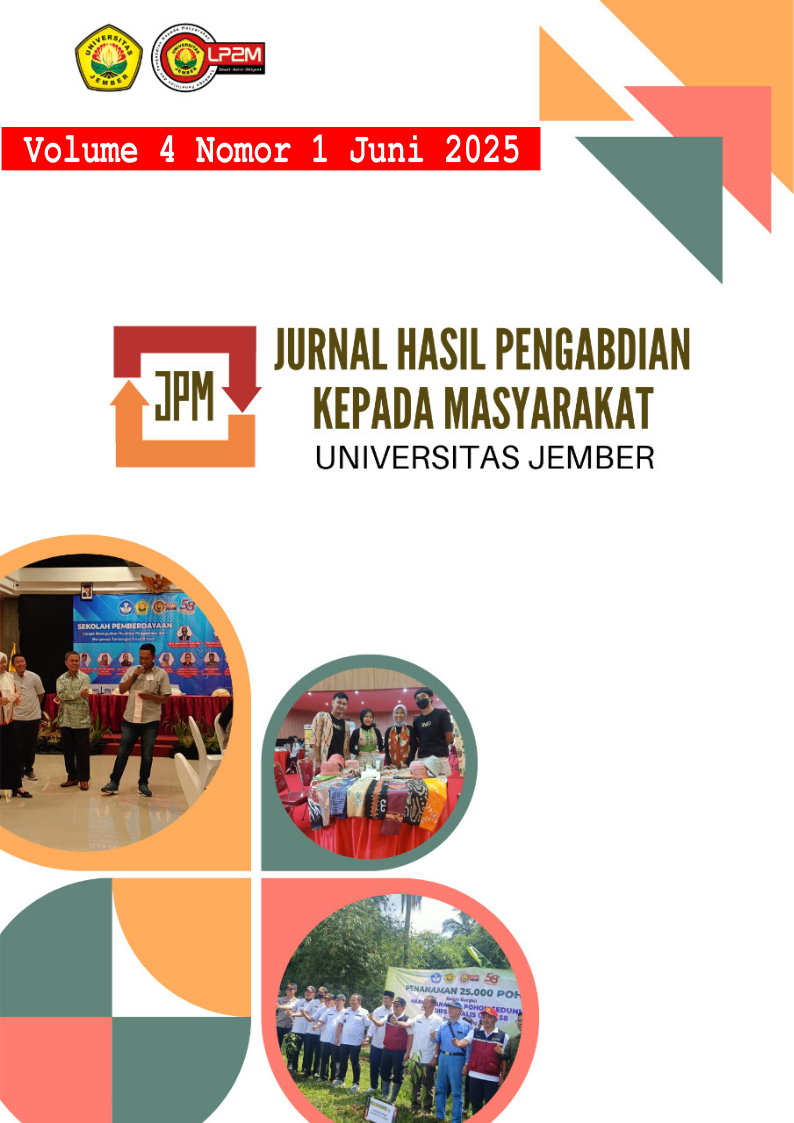Enhancing Statistical Literacy and Utilization of Crime Data through the GWR Model in Central Java and Yogyakarta Special Region
Keywords:
crime, spatial analysis, statisticsAbstract
Crime is a complex problem influenced by various structural and cultural factors, such as economic, social, and demographic conditions. Based on the 2019 Crime Statistics data published by BPS, Central Java and D.I. Yogyakarta Provinces are among the 15 provinces with the highest crime rates in Indonesia in 2018. This community service activity aims to convey the results of spatial crime analysis to local governments and the community through an applied statistical approach, especially using the Geographically Weighted Regression (GWR) method. The analysis was carried out to identify factors that locally influence crime rates, as well as to provide information that can be used as a basis for formulating data-based policies. The GWR model applied shows spatial variation in the influence of variables on crime rates. This model is better than the ordinary linear regression (OLS) model. The results show that the population density variable (X2) has a significant effect on crime rates in all districts/cities. Based on the similarity of variables that significantly affect crime, six groups of districts/cities were formed. This activity is expected to encourage wider use of open government data and increase the capacity of local policy makers in using statistical approaches for more responsive and targeted development planning.





